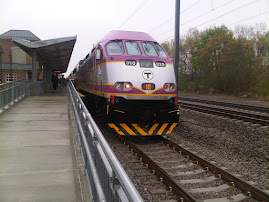This weekend, Boston is remembering the passing of its longest serving mayor, Thomas Menino. He served for over 20 years, from 1993 to 2014. He started out in local politics as a City Councilor. When Major Ray Flynn was offered the post of Ambassador to the Vatican, Tom Menino became Acting Mayor. Beginning in 1993, he won and unprecedented five elections for mayor.
He was always a low-key guy. It was never "all about him" but more all about the city. He knew it well, the neighborhoods, the people, the diversity.
When he saw a need, he did something. He saw young people with nothing to do during the summer. So, he started a camp for any kid from the city, for the affordable price of $5/week. When the Morning Star Baptist congregation in Mattapan could not get a loan to build a new church, he stepped in and talked a bank into making the loan. On Sundays, parishioners triple-park along Blue Hill Avenue to attend the largest church on what some call the "Avenue of God" for its numerous places of worship, small and large.
He also presided over a time of great investment and development in the city. Here, he did wield the power to be the deciding vote to approve or deny a project. The city continued to flourish.
While development continued downtown, the demographics of the neighborhoods were changing. For the first time, the Boston became a majority minority city. But, he was a major for all the people. What was most telling was the outpouring of praise for their former major from leaders of the minority communities. On Thursday Nov. 30th, after the mayor's passing hit the news, the evening service at Morning Star Baptist Church became a memorial service for the major. He truly served all the people.
He was not always the smoothest public speaker. Nicknamed "Mumbles," sometimes you weren't quite 100% sure what he just said, I recall hearing him speak at the funeral of the late Mayor Kevin White, and having to listen very carefully!
His heart was always with Boston. After the marathon bombing, he left his hospital bed to speak to the city, to give all strength and hope.
But, all in all, I think his legacy will be that of a mayor of the whole city. He was a good and faithful public servant. Unfortunately, he had so little time to enjoy life after office. May he rest in peace.






































































